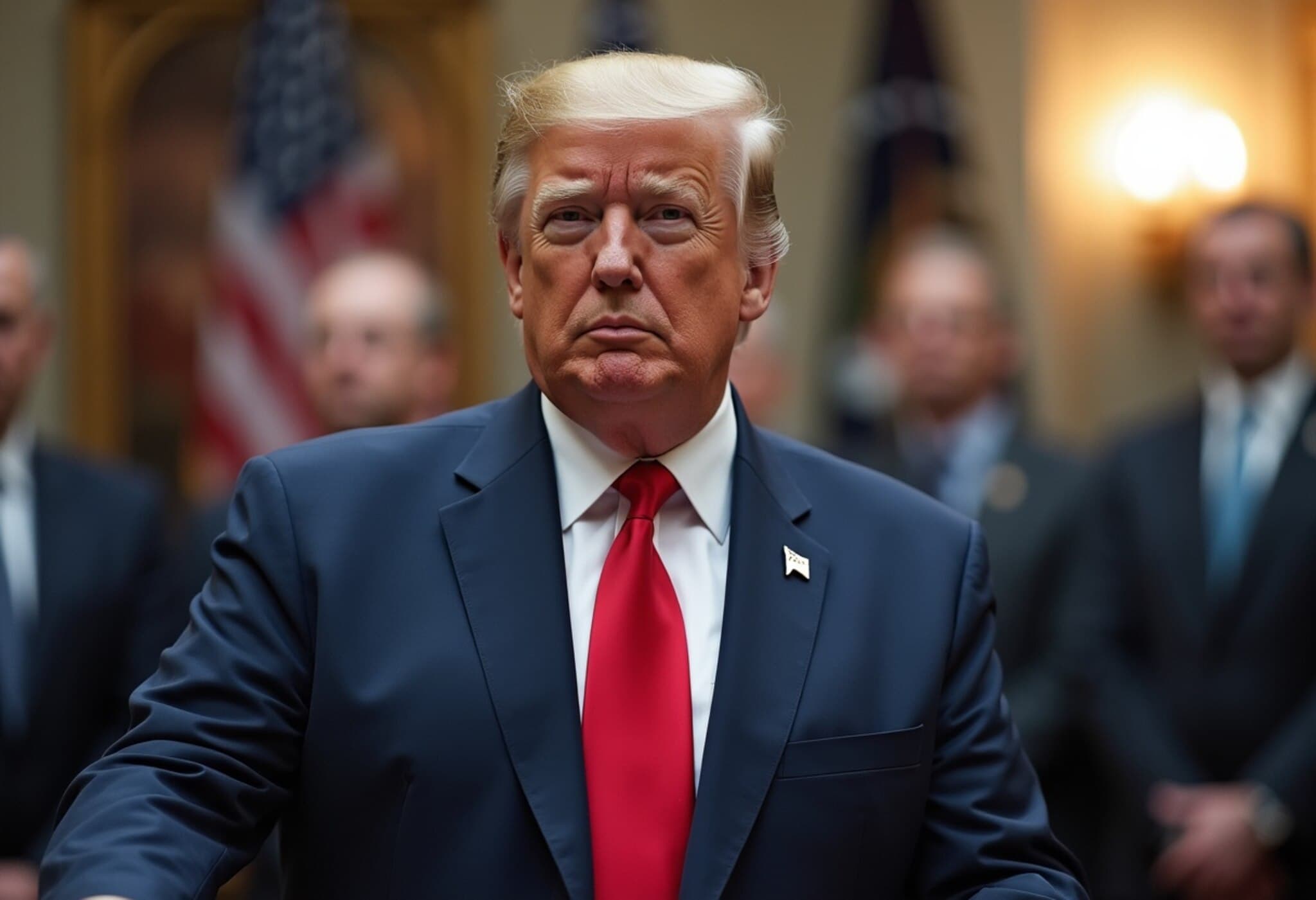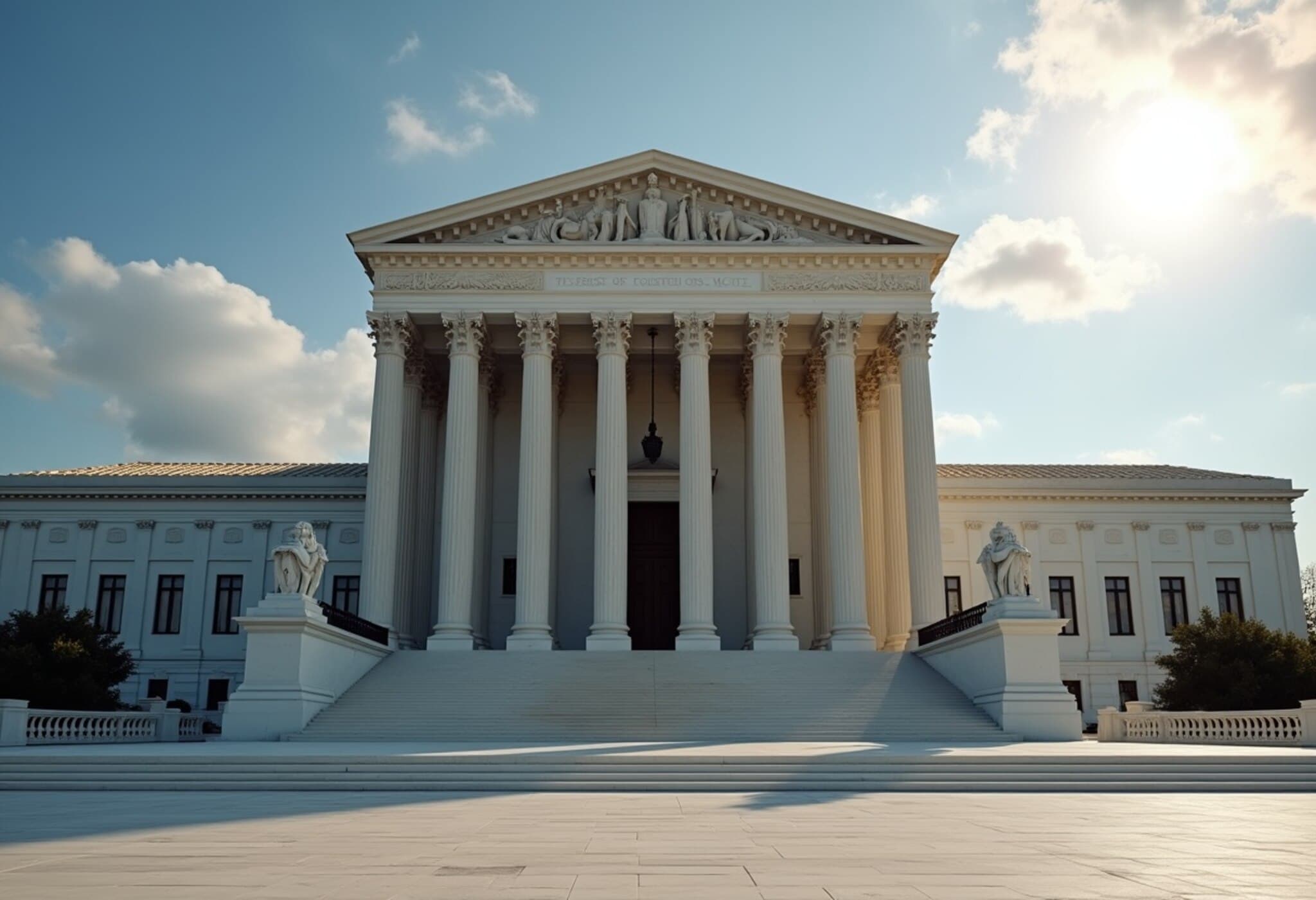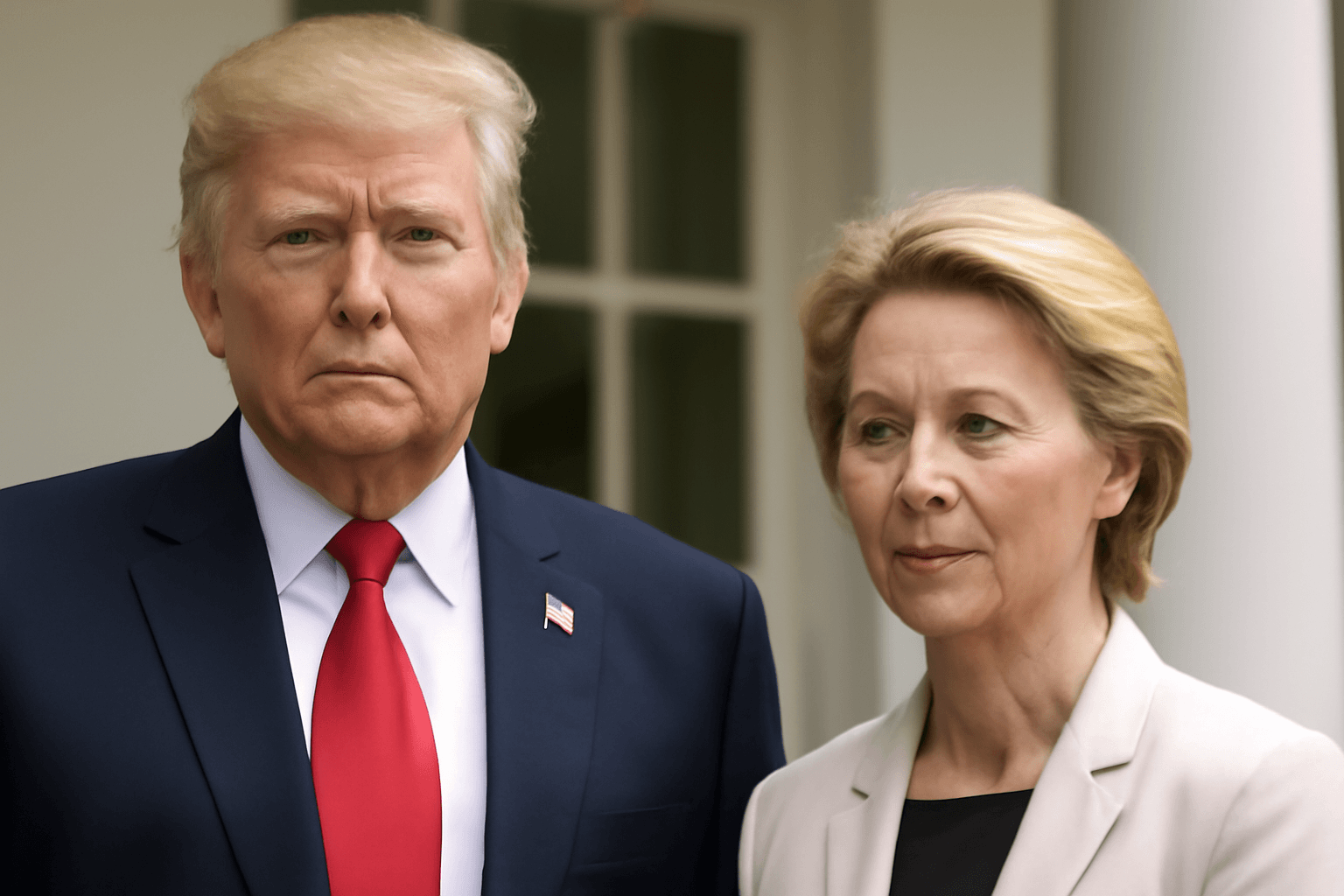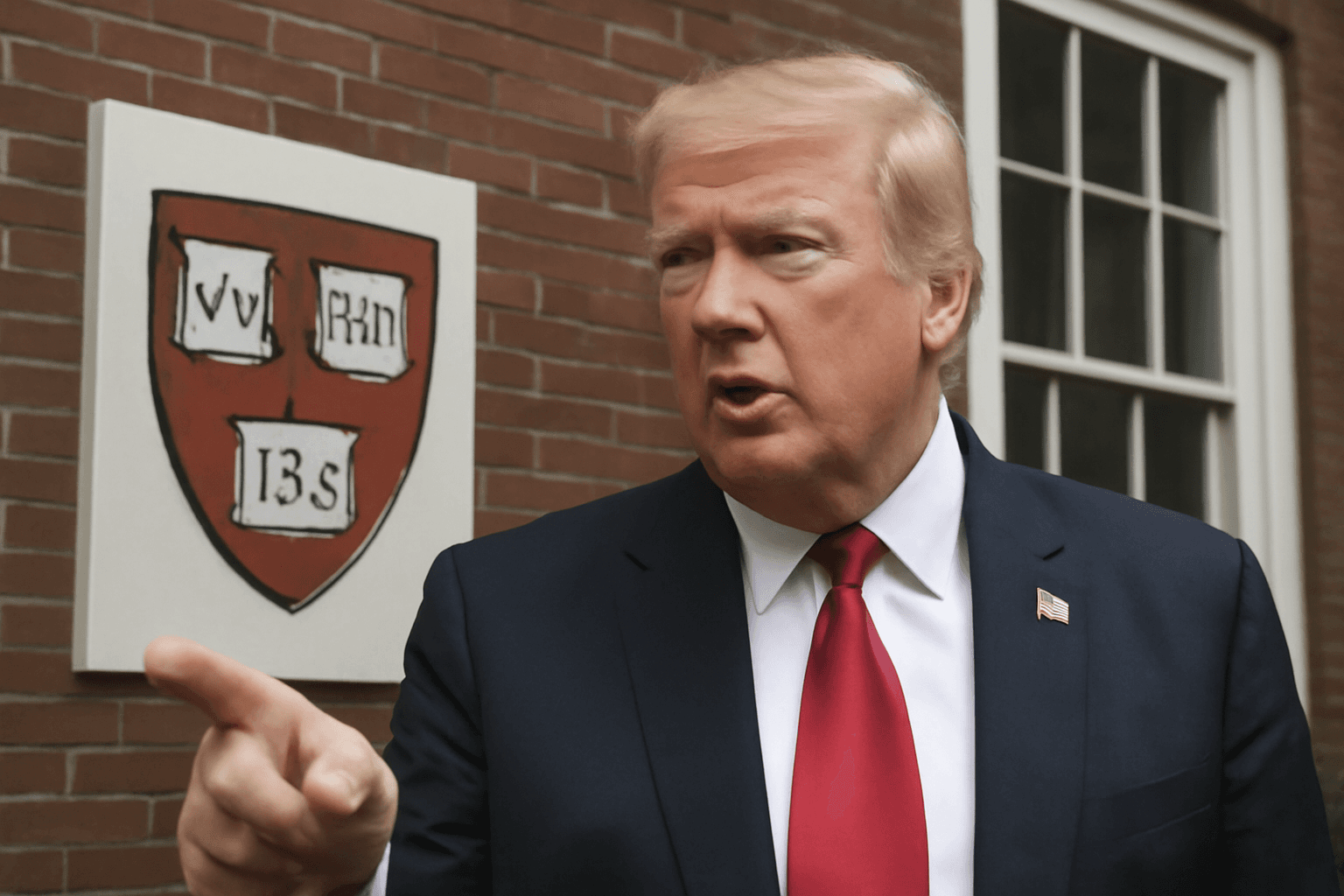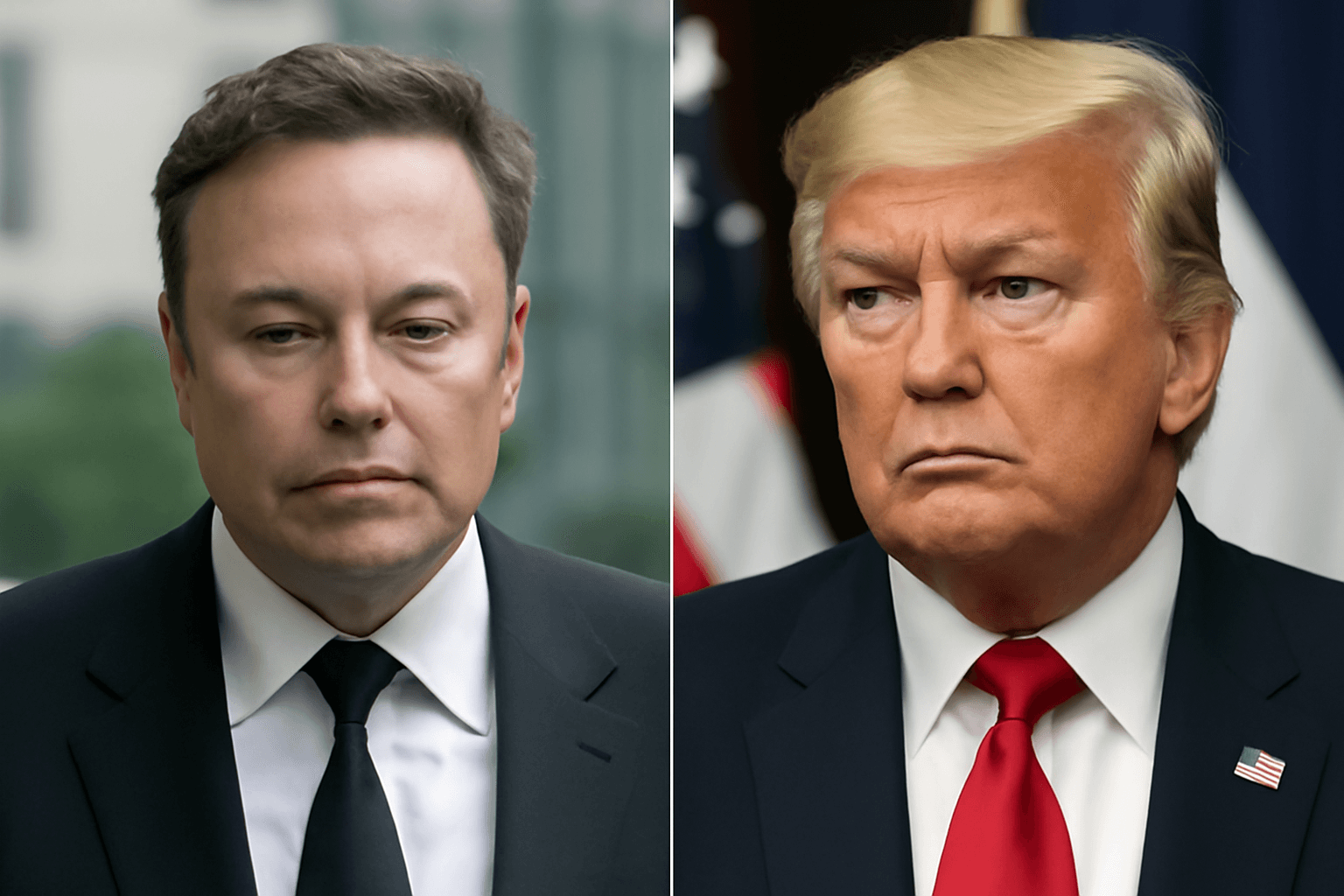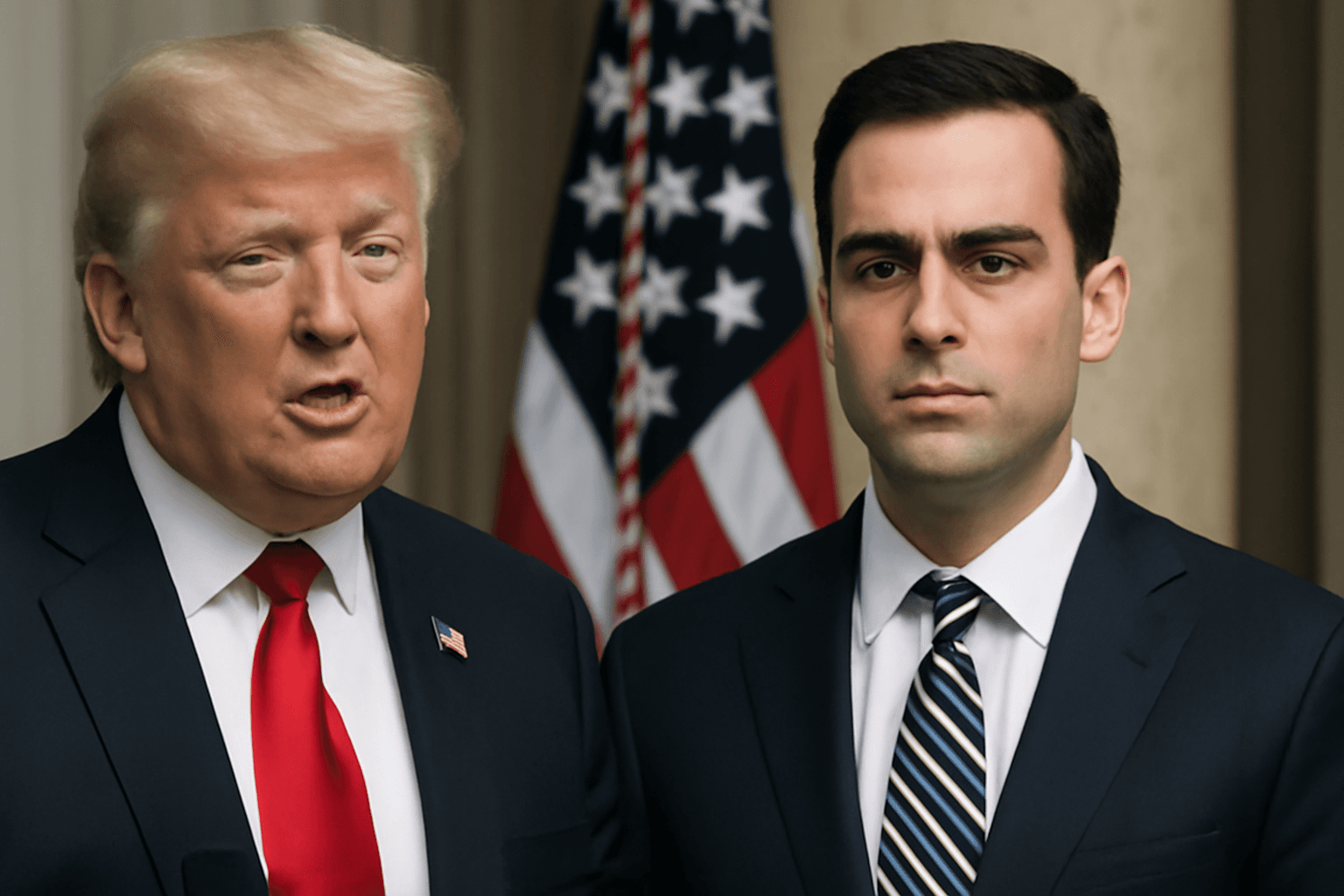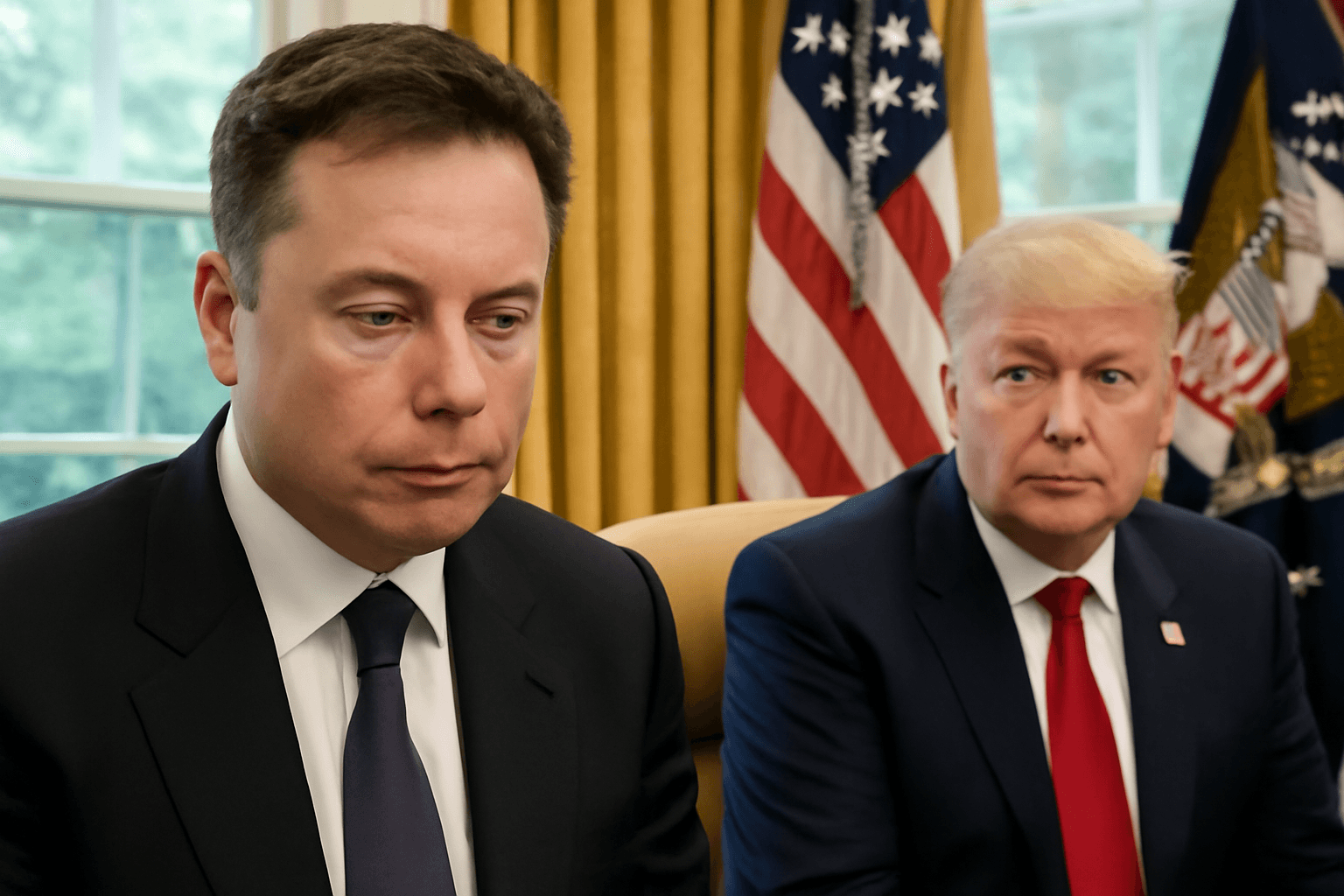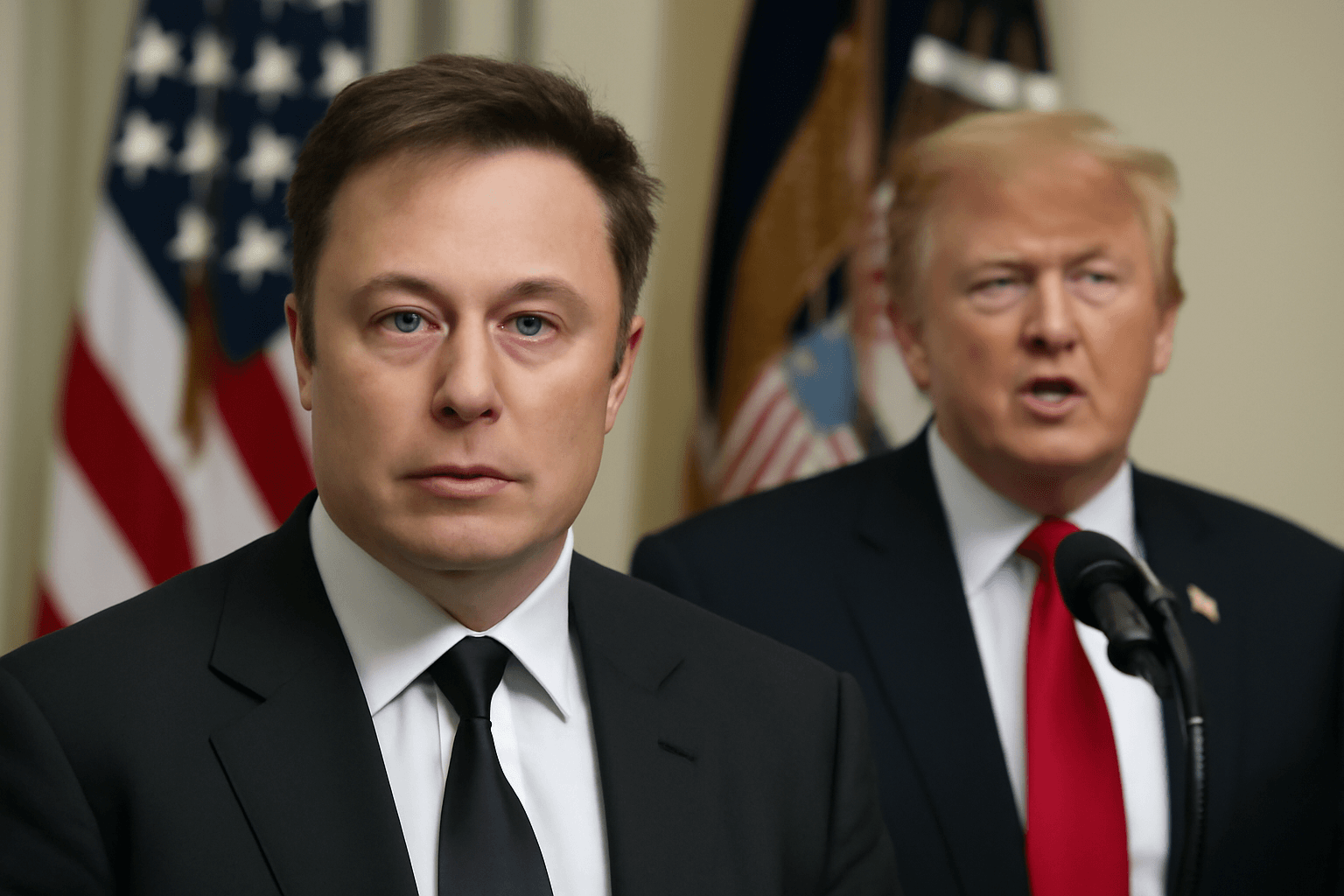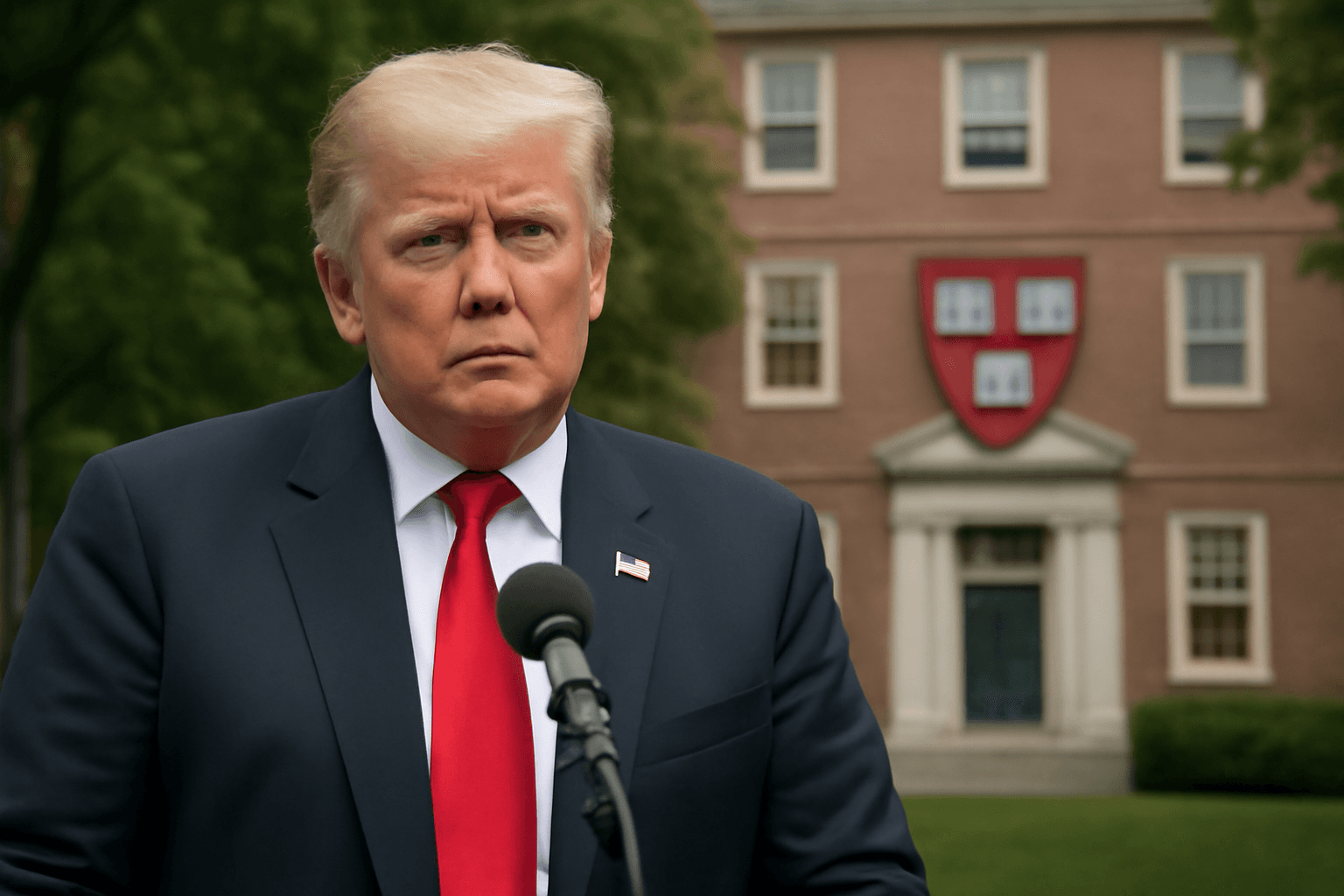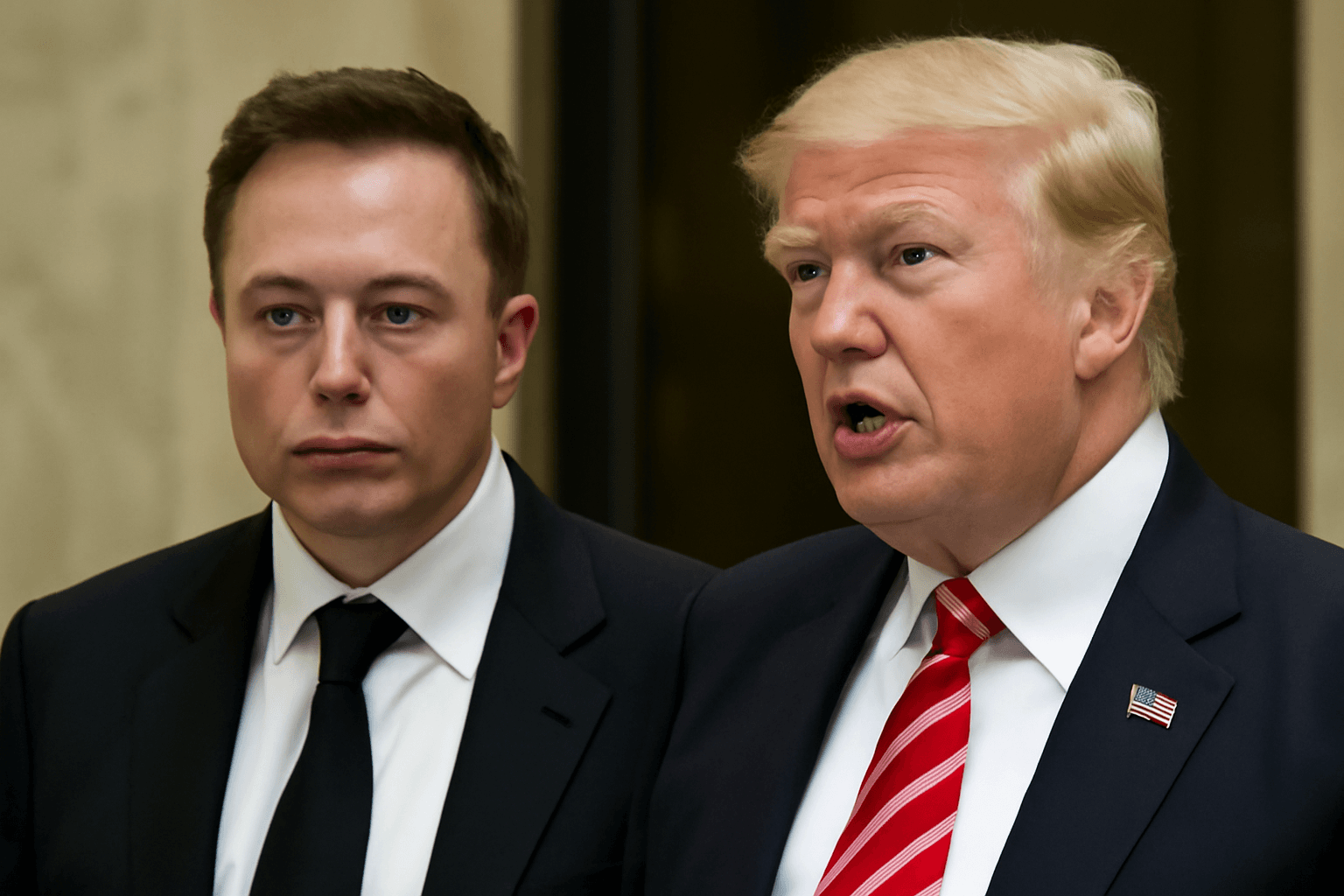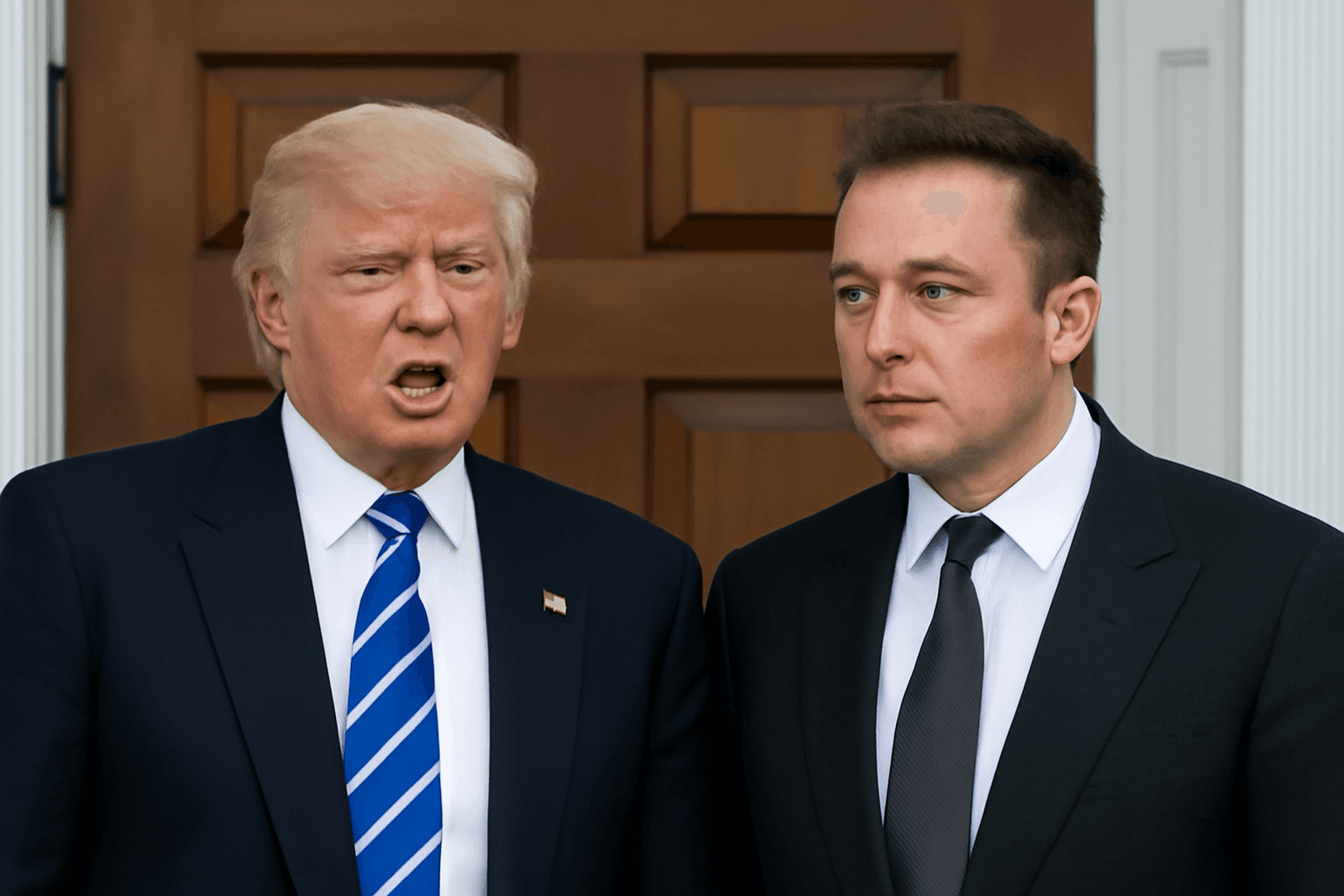Supreme Court Backs Presidential Authority Over Consumer Safety Panel
In a landmark decision on July 24, 2025, the US Supreme Court granted the Trump administration the authority to remove three Democratic members from the Consumer Product Safety Commission (CPSC), overturning a lower court ruling that had reinstated these Biden-appointed officials. This ruling highlights a significant shift in the ongoing debate over presidential power and the independence of federal agencies.
Background: A Clash Over Agency Independence
The Consumer Product Safety Commission, established in 1972, plays a critical role in protecting American consumers by setting safety standards and recalling hazardous products. Its unique structure mandates a bipartisan makeup, ensuring that no more than three commissioners align with the sitting president’s political party. President Biden had appointed the three members to serve staggered seven-year terms to maintain this balance.
However, in May 2025, former President Donald Trump removed these officials from their positions, sparking legal challenges that questioned whether commissioners of independent agencies like the CPSC could be dismissed without cause.
Legal Battle and Key Arguments
A federal judge initially ruled in favor of the reinstatement of the three commissioners, emphasizing the CPSC’s statutory independence from direct presidential control. The decision referenced the longstanding 1935 Humphrey’s Executor precedent, which restricts presidents from arbitrarily firing members of independent regulatory agencies.
But the Supreme Court’s conservative majority disagreed, endorsing the Trump administration’s argument that the president should hold full authority to remove officials across federal bodies such as the CPSC. The majority opinion underscored the need for greater presidential oversight of executive agencies, highlighting concerns over bureaucratic accountability.
Dissenting Voices and Political Implications
The ruling was met with strong dissent from the court’s three liberal justices, who warned this decision could severely undermine the agency’s independence, potentially subjecting it to partisan political pressures. Critics argue that weakening the protections for commissioners risks compromising the CPSC’s mission to protect consumers robustly and objectively.
Broader Context: Examining Presidential Powers
This ruling does more than decide the fate of three specific officials; it touches on a broader and ongoing constitutional debate: how much control should the president have over independent federal agencies? The 1935 Humphrey’s Executor precedent has remained a cornerstone of American administrative law, designed to insulate regulatory bodies from political swings and ensure stability in governance.
Conservative factions have long criticized this precedent as a barrier to effective executive leadership, arguing that elected presidents should have straightforward authority to manage and remove officials responsible for implementing policies.
What This Means for Future Governance
- Presidential Power Expansion: The ruling potentially expands the scope of presidential removal power, enabling firings without cause in independent commissions.
- Agency Independence at Risk: With less protection, regulatory bodies might become more susceptible to partisan influence, which could affect their regulatory rigor.
- Potential Legal Challenges: This case could usher in renewed judicial scrutiny of Humphrey’s Executor and similar precedents, possibly reshaping the landscape of federal agency governance.
Expert Insight: Balancing Accountability and Independence
Constitutional scholars emphasize the delicacy of this balance. While executive accountability is essential in a democracy, so is the impartiality of federal regulators who enforce laws and protect citizens. Legal analyst Dr. Elena Rodriguez notes, "This ruling underscores the tension between democratic control through elected officials and the need for regulatory bodies that operate free from direct political interference to maintain public trust."
Looking Ahead: Implications for Americans and the Regulatory Landscape
For American consumers, the decision raises questions about the future of product safety enforcement and whether regulatory agencies can continue to operate with the independence necessary to safeguard public interests. For policymakers and legal experts, it signals an era of potentially intensified political oversight over federal agencies.
Editor's Note
This Supreme Court ruling marks a pivotal moment in the ongoing tug-of-war between presidential authority and agency independence. It invites Americans to consider where the balance should lie between effective leadership in the executive branch and the need for objective, nonpartisan oversight bodies. As this case may pave the way for further challenges to foundational administrative law precedents, the implications for governance, consumer protection, and the broader democratic process remain profound and worth close attention.

